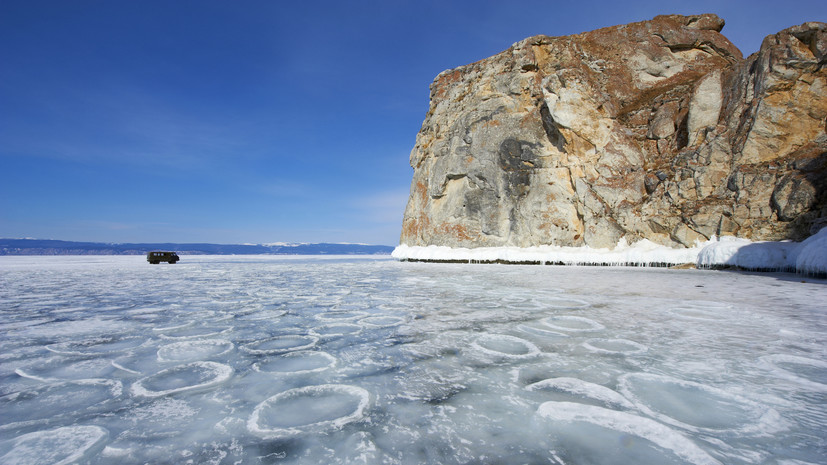The first place in the top was taken by the Vottovaara plateau and "living" stones — seids — in Karelia. According to representatives of the service, this place is often associated with myths, legends and stories about UFOs.
Here, compasses are floundering and phones are suddenly running out of battery. Some people sometimes feel a sharp malaise upon arrival, while others, on the contrary, relax next to the seids.
"Neither the inaccessibility of these places nor the lack of infrastructure deter tourists. You can get here only by off-road vehicles, and locals are happy to agree to become guides," analysts said.
The second place in the ranking went to Arkaim, the capital of the ancient Land of Cities in the Chelyabinsk Region.
"Arkaim is not a city in the usual sense of the word, but a complex complex of two circular residential quarters — outer and inner — with many small "apartments" in a circle. Inside each "apartment" there was a furnace, a workshop, a well, and a storehouse. Storm sewers and irrigation systems have been thought out in the city," the experts said.
Why people once left Arkaim, having previously burned it to the ground and taken everything they needed with them, remains to be seen.
Nowadays, these places in the south of the Chelyabinsk region are a protected area and a recognized place of power among lovers of paranormal phenomena.
The third place was taken by Cape Besov Nos in Lake Onega in Karelia.
There is no tourist infrastructure here, but there are enough tourists themselves, thanks to the petroglyphs of the Neolithic era. The most famous of them is a humanoid figure two meters high, cut in half by a deep crack in the stone.
The figure is called a demon. She has a square head, nose, mouth, and eyes. Apparently, the demon is dancing with his legs bent at the knees and his arms at the elbows.
Next in the ranking are Lovozero (Murmansk Region), where signs of "Arctic psychosis" have been massively noticed since the end of the 19th century, Olkhon Island with magnetic anomalies and mirages (Irkutsk Region), as well as the Shumak Valley with healing springs and Detsky Gora (Buryatia).
The top is closed by the Akkurum tract with stone blocks, shaped like mushrooms (Altai Republic). Experts call such unusual mountain reliefs outcrops.
As they say, these blocks can hear travelers who turn to them with a request and grant wishes.
Earlier, RT reported which observation decks in the Russian regions can be called the most beautiful.

